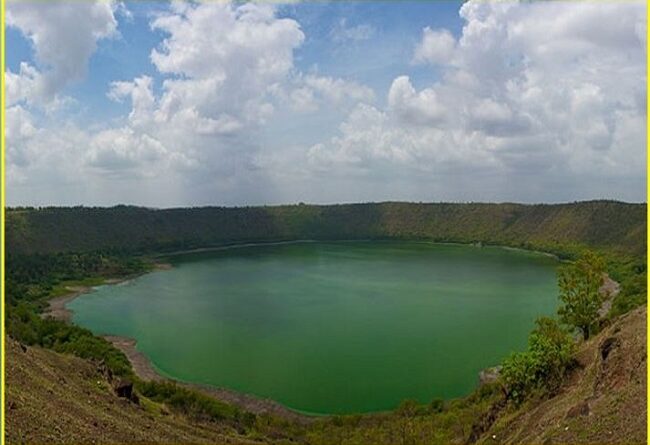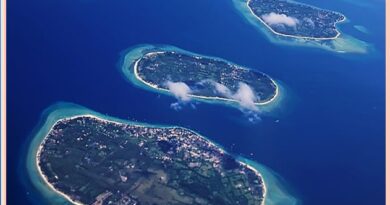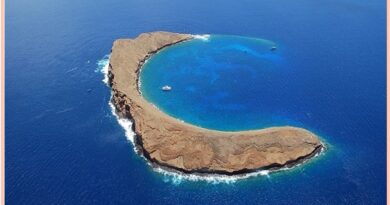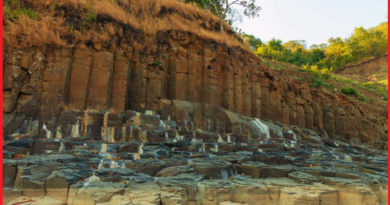”Lonar crater”, a gift to the geological world..See the feature that can make you to go OMG!

The lonar crater was initially thought to have a volcanic origin due to its location in volcanic basalt of the Deccan Plateau but scientists confirmed the presence of maskelynite-a naturally occurring glass that is only formed by extremely high-velocity impacts. Lonar is the only “fresh” impact structure in basalt on Earth, making it an important analog for impact craters on the surface of the Moon.
The crater has a circumference of about 8 kilometers at the top, is both saline and alkaline. Perennial streams and springs feed into the lake. The lake has a horde of algae and plankton species that make its unusual ecosystem and give the water its vibrant color. Most of these craters are eroded naturally; some manage to remain in the form of geological scar of deformed and crushed bedrock.

The Lonar crater is first discovered by J. E. Alexander, a British Officer. One can find mention of the existence of the crater in the holy scriptures of Padma Puran, the Skanda Puran, and the Aina-i-Akbari.
Many organizations like the United States Geographic Survey in America and the Geological Society of India, Physical Research Laboratory of India have done a lot of research work on this lake. Research says that the carter on which the lake sits is oval in shape. It indicates that the comet or asteroid hit the spot at an angle of 35 to 40 degrees.

Apart from this the outer region of the lake is the neutral region that has a pH level of 7. The lake’s inner region is the alkaline part that has a pH level of 11. Both the regions are unique and consist of diverse flora and fauna.
Also read- ‘Chambal Ravines’ A band land topography in the heart of Chambal river, Take a Geotourism around the unknown terrain
The forest-fringed lake is a wildlife sanctuary with a unique ecology that is vastly different from the surrounding flat landscape. Lonar Lake is rimmed by lush forests and old temples. This ancient temple of Daitya Sudan attracts pilgrims from all over the country and is worth a visit. Temple is dedicated to Lord Vishnu and belongs to the Chaitya Dynasty that ruled the region between the 6th and 12th centuries AD.

The Lonar Lake is easily reachable from all over India. The place is around 483 km away from Mumbai and at a distance of 148 km from the city of Aurangabad.
Source- atlasobscura.com, researchgate.com



